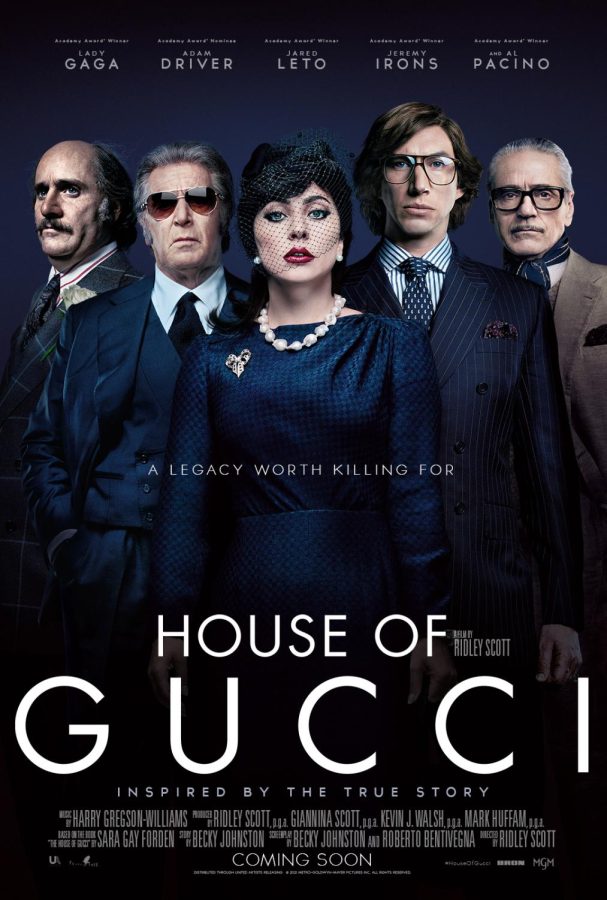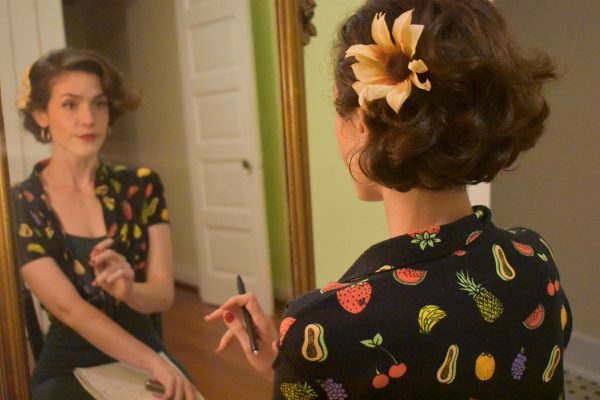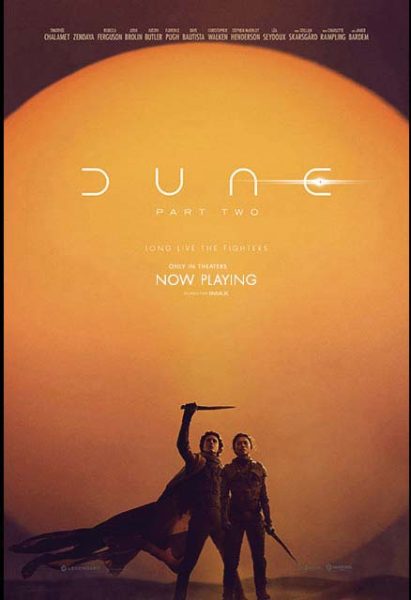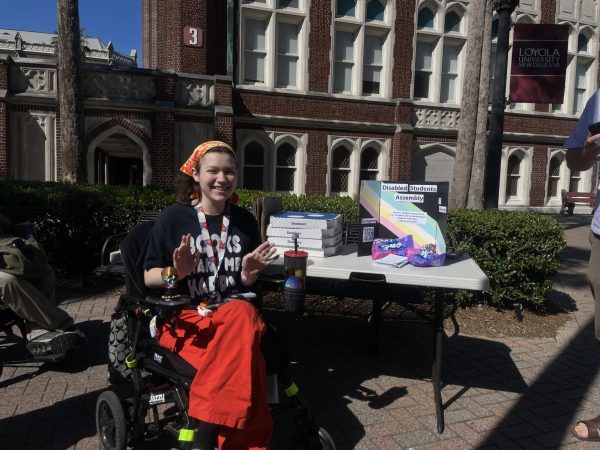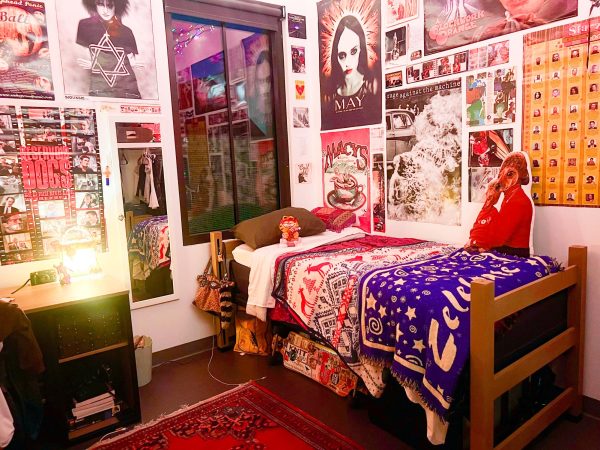“House of Gucci” review: Not all that glitters is gold
Ridley Scott’s latest film “House of Gucci” proves that excess is overrated. Even with its $75 million budget, illustrious locations spanning from Milan to New York, an exorbitant runtime of 2 hours and 37 minutes, its larger-than-life shoulder pads, and family drama that unfolds like a soap opera, it somehow falls short. By packing the picture with everything, “House of Gucci” is left with nothing.
The film revolves around the real-life murder of Maurizio Gucci (Adam Driver), heir to the Gucci dynasty, which was ordered by his ex-wife Patrizia Reggiani (Lady Gaga). “Revolve” is a loose term, as director Scott’s attempt to chronicle this extravagant mess of murder, money, betrayal, lust, and luxury somehow does not dig deep into any of the themes that were just listed and promised.
In fact, the possibility of murder that was promised in the film’s promotion does not appear in the plot until well after two hours into the film. As I arrived at the scene where Patricia meets with the assassins I thought to myself, What did I just watch for more than two hours? I do not know if I have an answer for that, and I do not believe that Scott did either.
For the most part, “House of Gucci” follows the relationship between Maurizio, who is studying as a law student, and Patrizia, a woman who comes from a much lower class. When they first meet at a party, she mistakes him for a bartender. But when she hears the Gucci name, she shifts her approach and motives and even stalks him. As they eventually get married and reality sets in, Patrizia turns to a television psychic (Salma Hayek) who becomes her trusted companion and later accomplice in Maurizio’s murder.
The remainder of the film showcases the tumultuous marriage of Maurizio and Patrizia while also giving equal time to corruption within the family business: tax fraud committed by Mauricio’s uncle Aldo (Al Pacino) and copyright infringement by his son Paolo (Jared Leto). While their dysfunctional family dynamics are fun to think about, they are not needed in this narrative. They could each be their own screenplays, but instead Scott trips over each tragedy without allowing the audience to feel the pain and suffering associated with each fall. Rather, we have to get back up and keep running.
The mess is magnified by accents that are not traceable to any region and performances that do not align with one another. While I can say as a viewer that there seemed to be was no cohesive direction given to the actors, I have to sit back and wonder what Scott told each of them and why he allowed the dumpster fire to burn bigger and bigger. For example, Leto’s latex mask is meant to make him unrecognizable, yet his horrible take on an Italian accent takes the viewer right out of his performance. It is not Paolo, but rather Jared Leto emphasizing every few words with an Italian accent as he talks with his hands.
While Leto’s Mario Kart-esque caricature becomes hard to watch and yet hard to look away, Driver’s performance is a complete foil. He is masterfully consistent with Maurizio as he disappears into his role, a clunky law student faced with inevitably inheriting the family company, that his performance clashes with Leto’s comparably exaggerated presence. The inconsistency is heightened by Gaga’s drive and ambition as she embodies the assertive nature of Patrizia, who falls so hard for Maurizio that she loses herself. She does not make the film’s mess better, but at least she makes it bearable.
Other than Gaga, the visual design is the most fortified performance in “House of Gucci.” Luxury gets the most attention to detail through Arthur Max’s production design and Janty Yates’s costumes. Gaga’s gaudy outfits paints her as an outsider, new to money and the hustle of haute couture. In contrast, Driver’s fashionable three-piece suits give him a suave stature that the screenplay could never do. However, these visual revelations can only do so much in relation to the revolving door of meaningless themes and characters.
Unable to commit in more ways than one, the film’s attempts to be exorbitant to make up for its lack of purpose fails. Scott somehow spreads himself thin, as “House of Gucci” wavers between what it wants to be and what it should be, and never reaches a real conclusion. Stagnant in the shuffle of too many plot points and themes, the lack of clear direction and movement drive the depiction of the designer dynasty to the ground. Rather than revel in the absurdity and commit to the camp of the company, Scott makes the glamour feel gaudy, like a discount Dillard’s piled up with last season’s shoes instead of a sophisticated Gucci flagship store.
“House of Gucci” is now available in theaters.


Ella Cheramie is a junior from New Orleans studying English Writing with a double minor in Social Media Communications and Theatre at Loyola University...

I’m a graphic design major that loves watching the Office and eating mac and cheese. I’m really excited for my first semester working with the Maroon.


